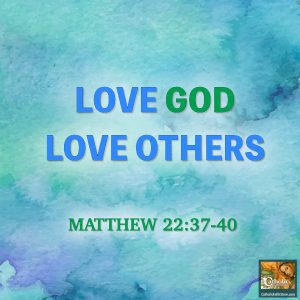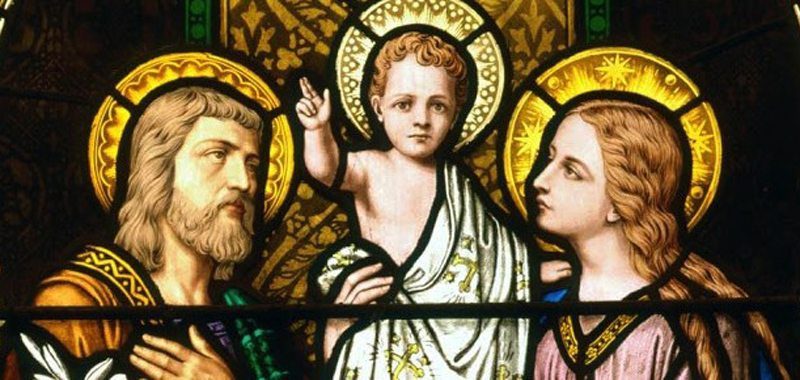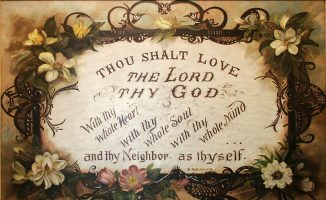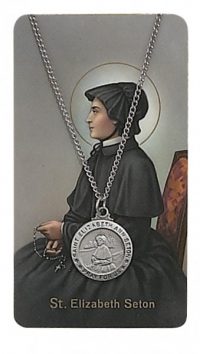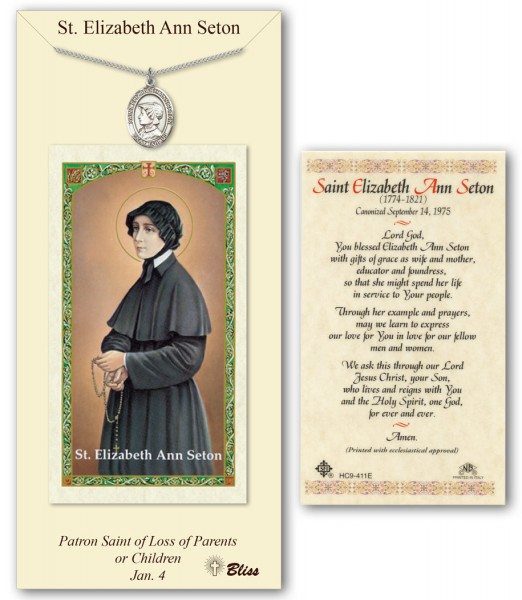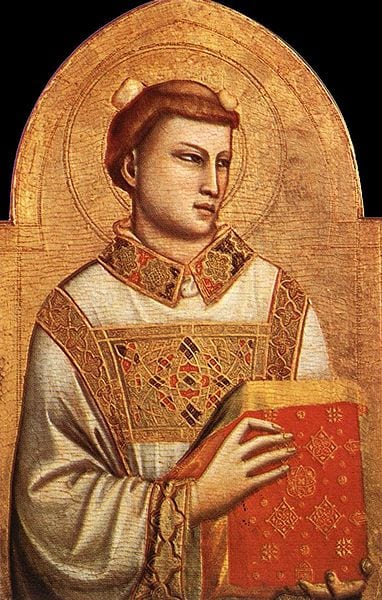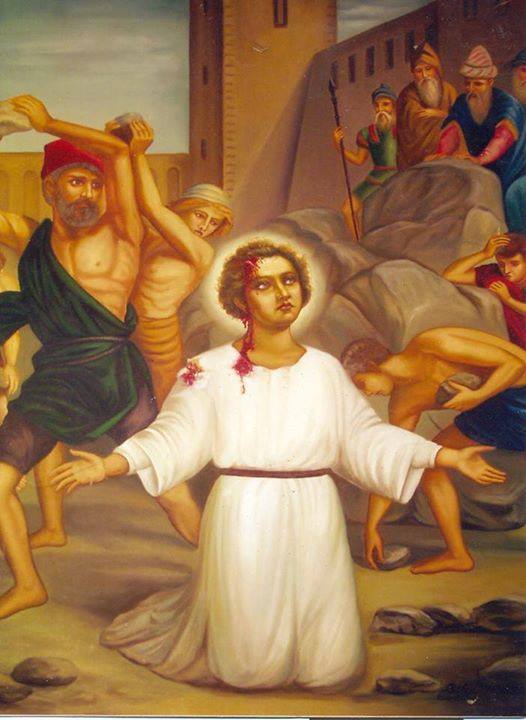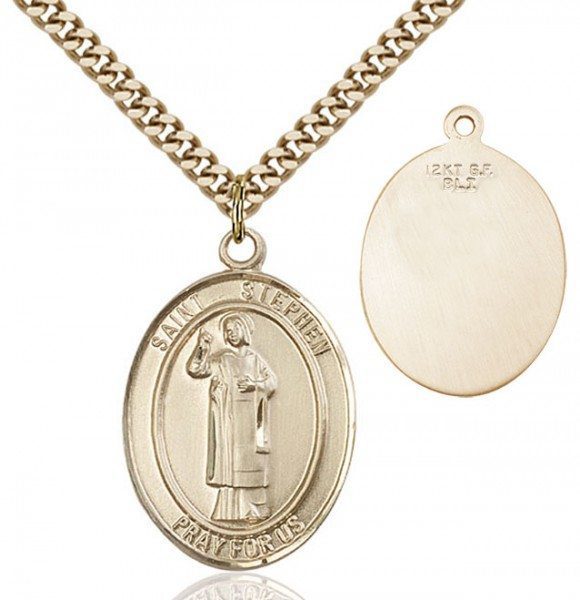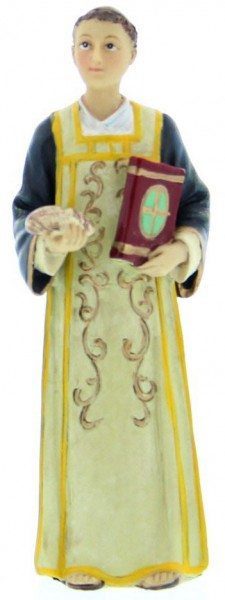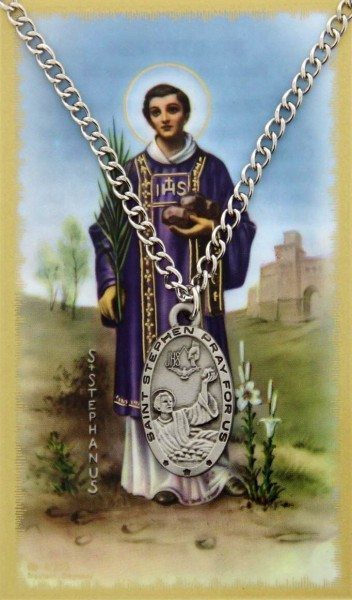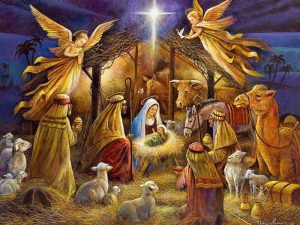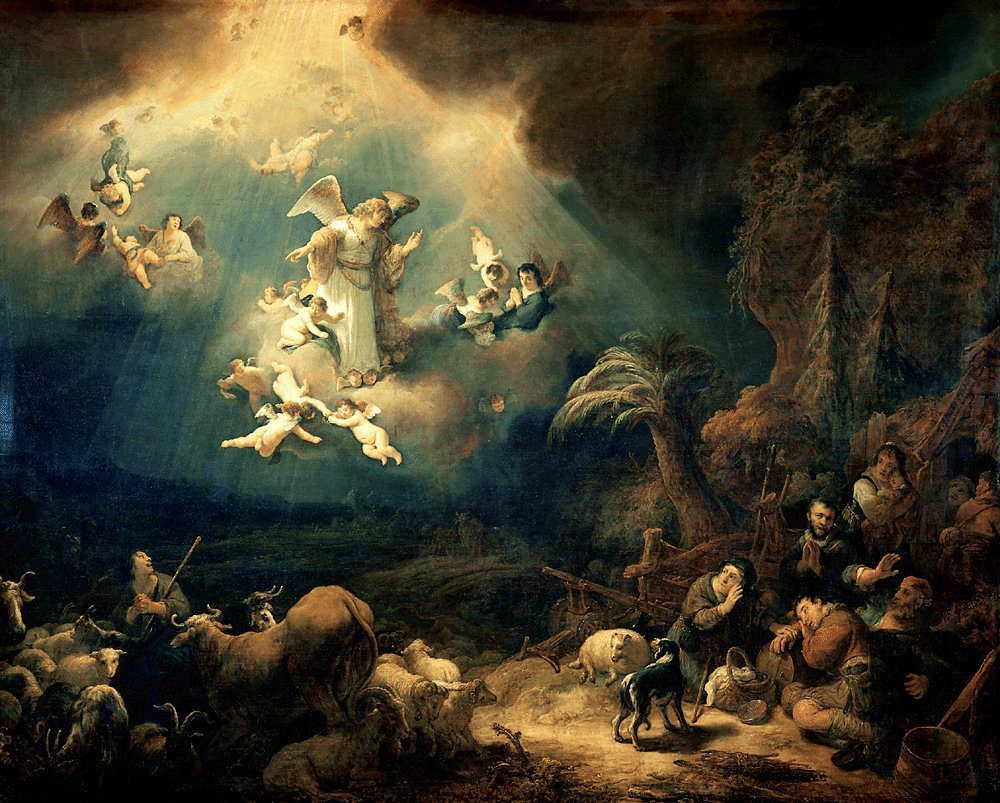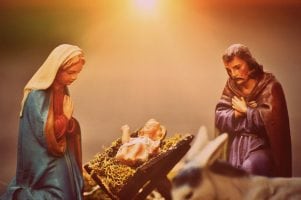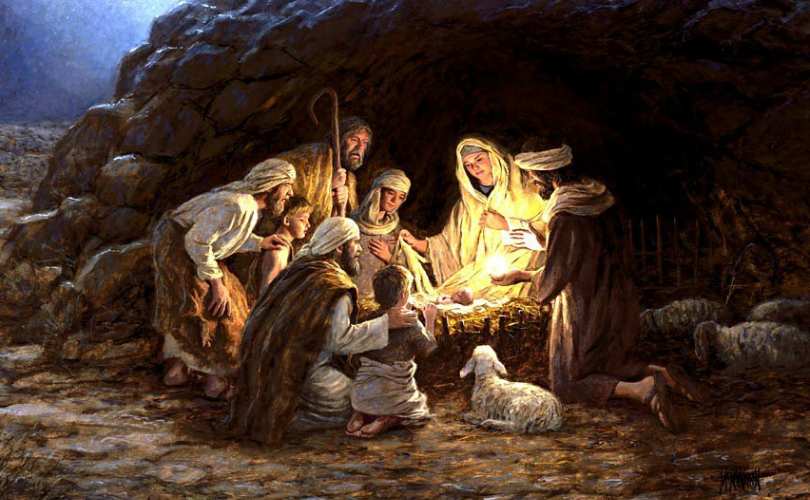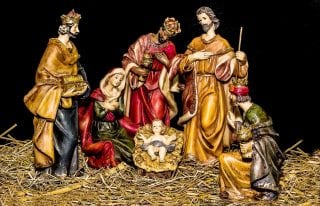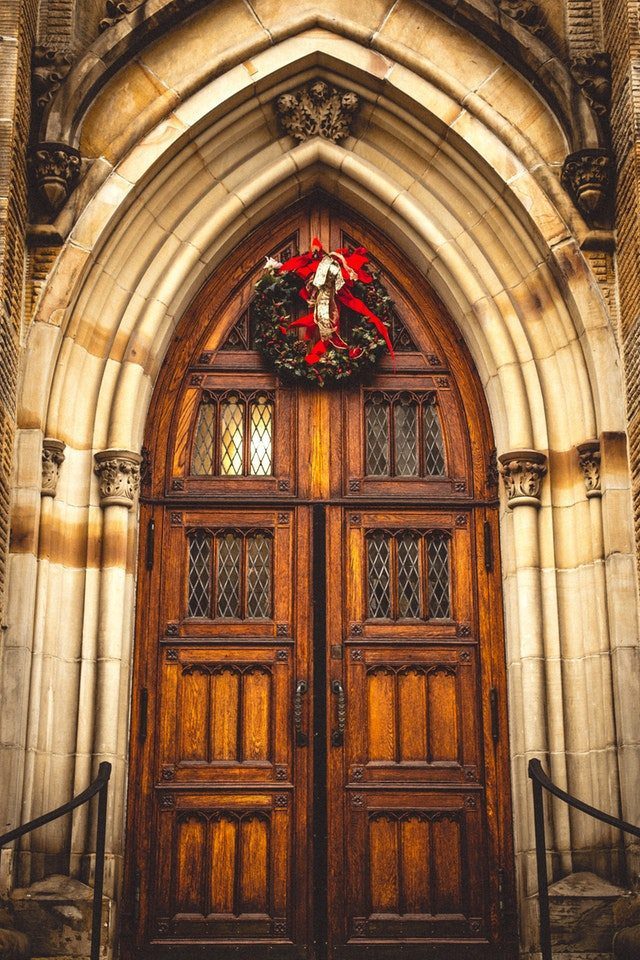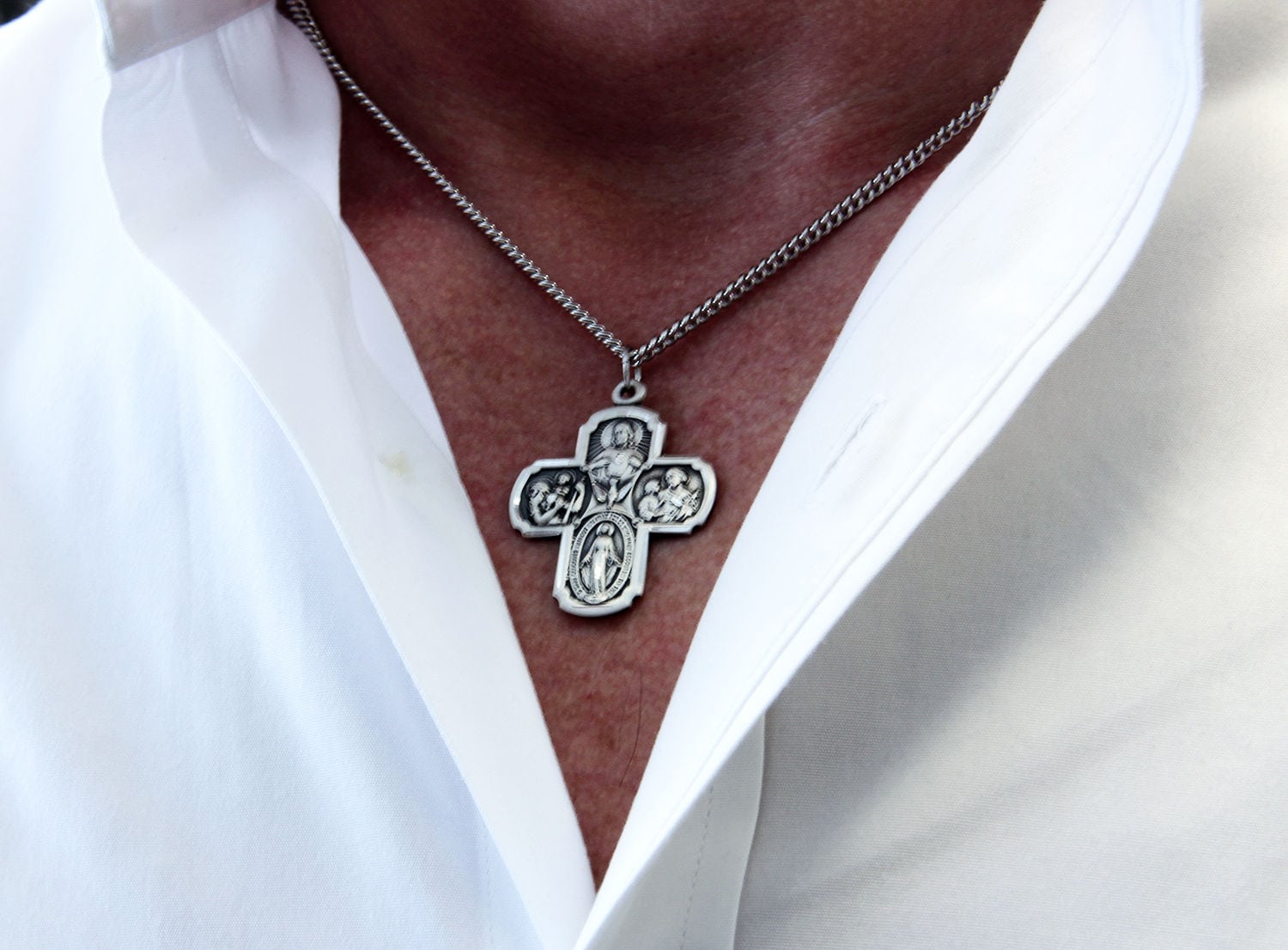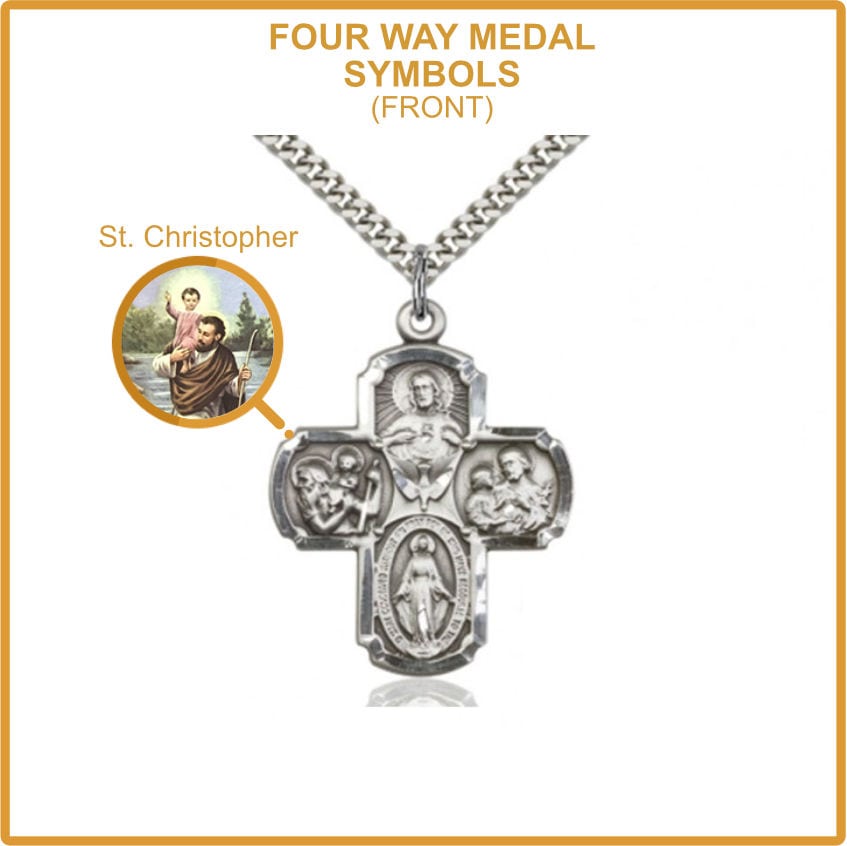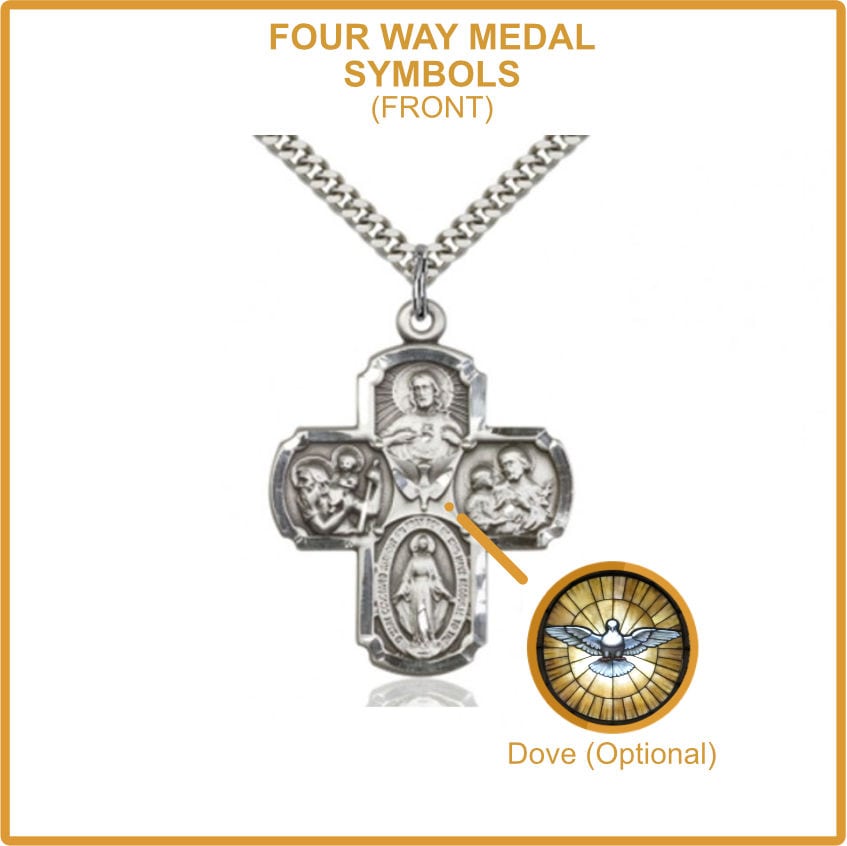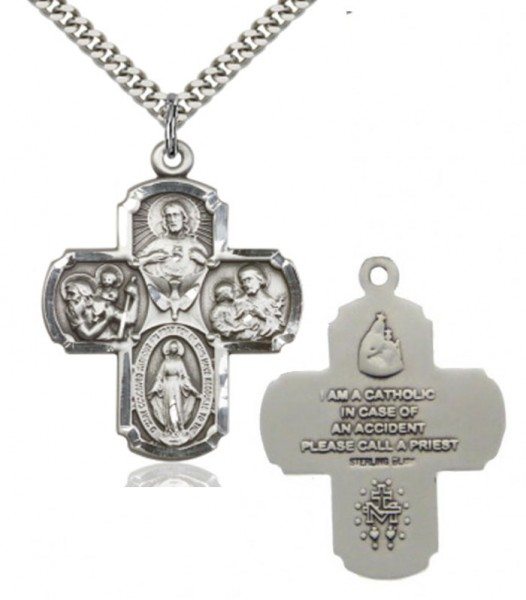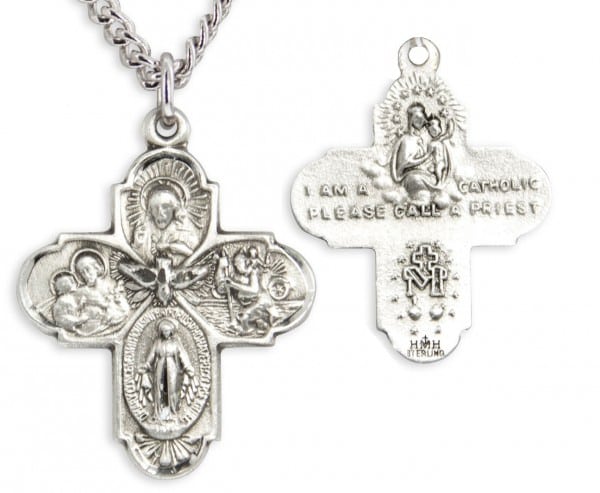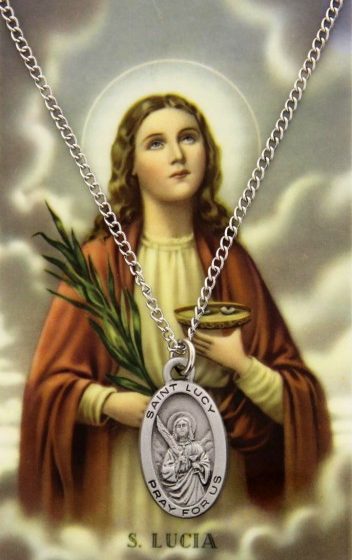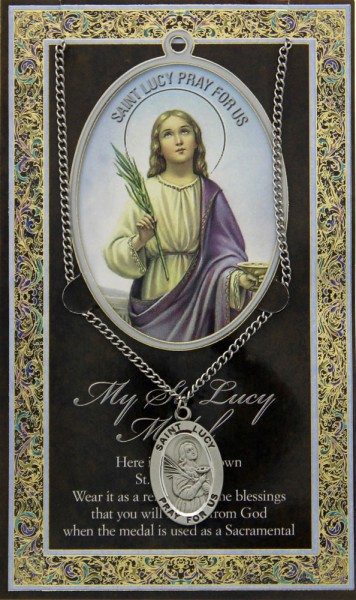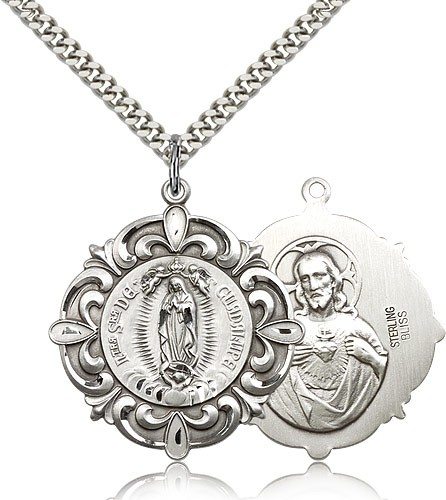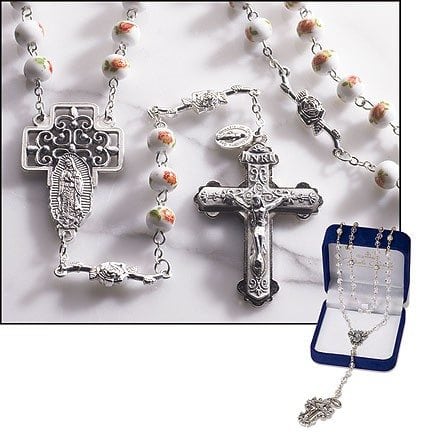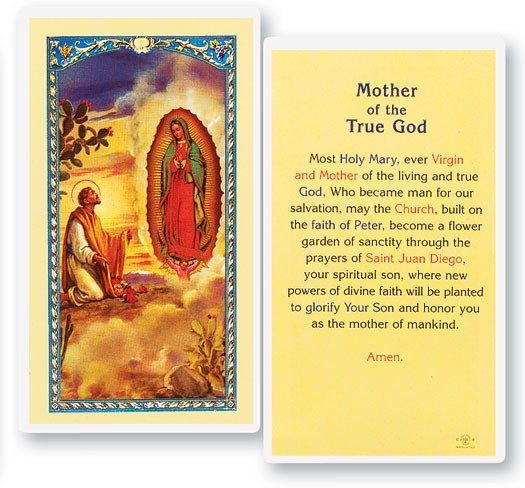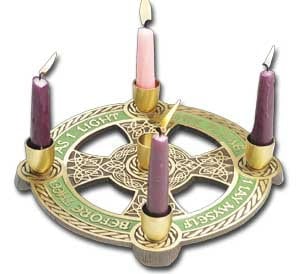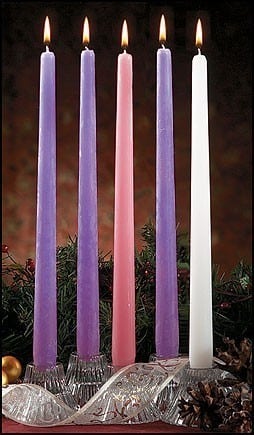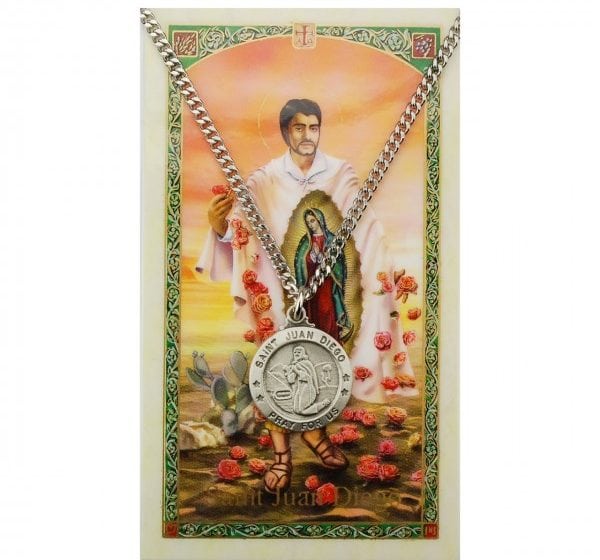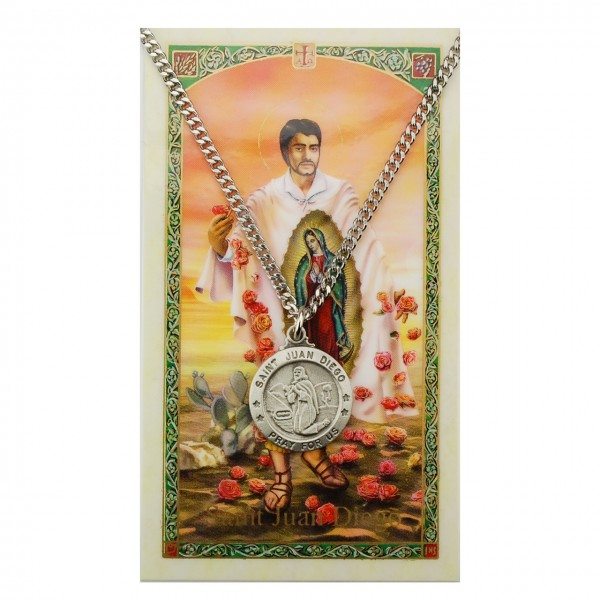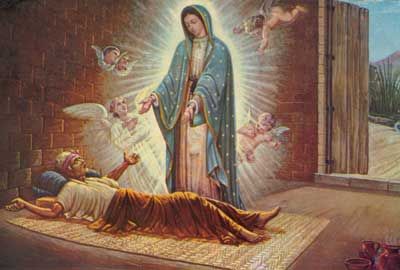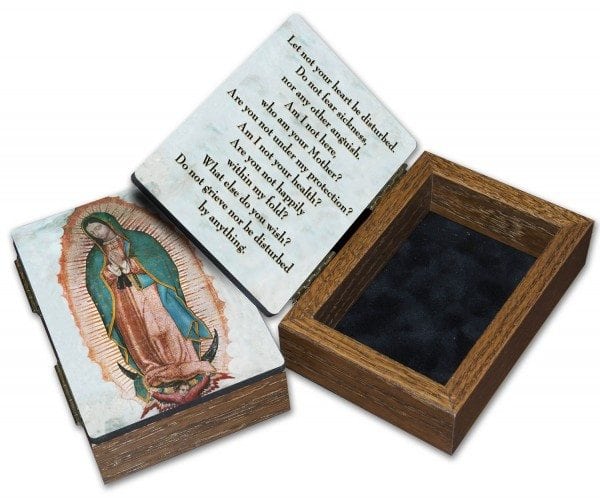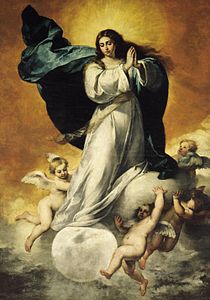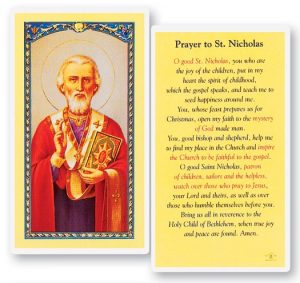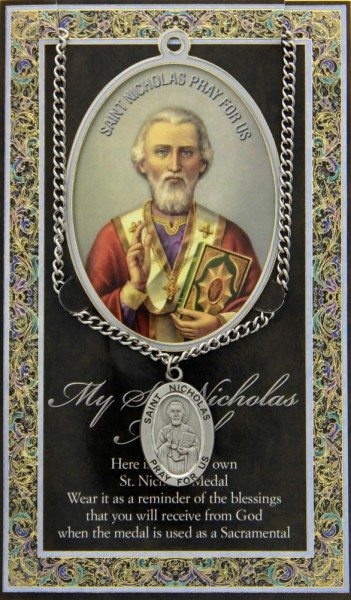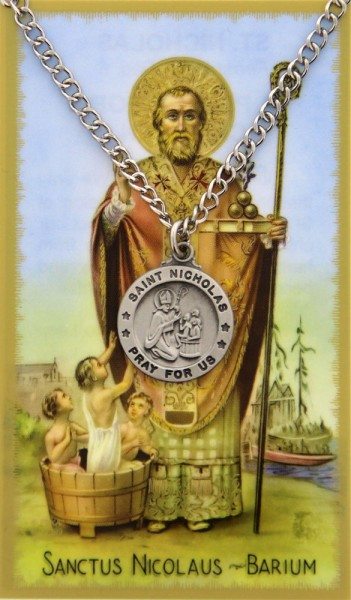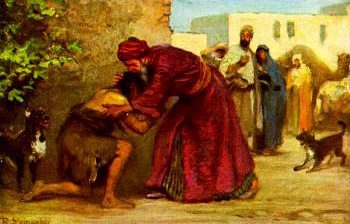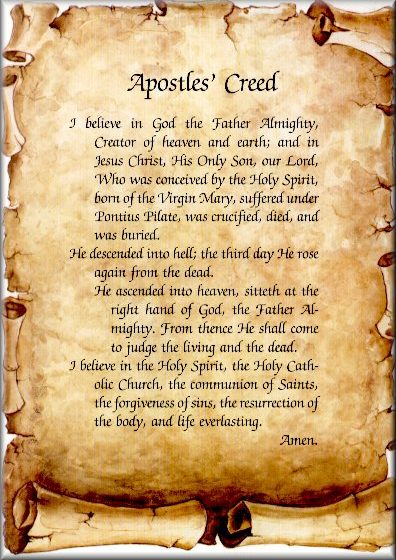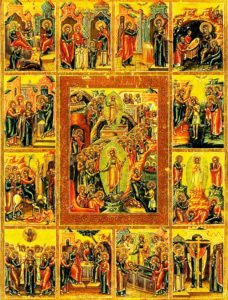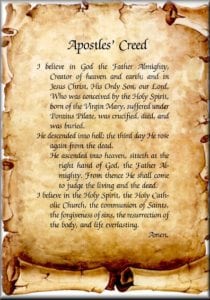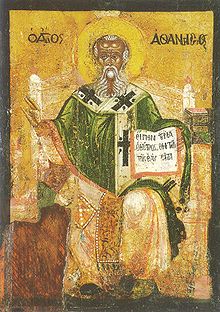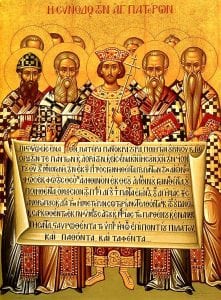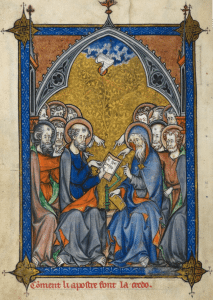Who is Saint Blaise?
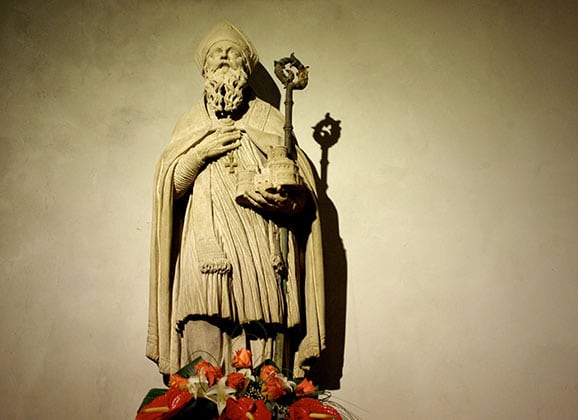
Saint Blaise was a physician and Bishop in Armenia. Blaise has been extremely popular for centuries and many cures were attributed to him.
He lived in a cave on Mount Argeus and was known as a healer of men and animals.
According to legend, sick animals would come to him on their own for help.
When Agricola came to Sebaste to persecute Christians and while searching for wild animals for the arena games, rediscovered Blaise deep in prayer, Blaise was arrested, told to recant his faith and was thrown in prison.
While in prison, Blaise ministered to and healed fellow prisoners, including saving a child who was choking on a fish bone; this led to the blessing of throats on Blaise's feast day.
They threw him into a lake but Blaise stood on the surface and invited them to walk out and prove the power of their gods; they drowned.
When he returned to land, he was martyred by being beaten, his flesh torn with wool combs, and then beheading.
Saint Blaise was one of the 24 Holy Helpers
He is one of the Fourteen Holy Helpers. He is invoked for all throat afflictions, and on his feast two candles are blessed with a prayer that God will free from all such afflictions and every ill all those who receive this blessing.
Do you have a sore throat? Pray to Saint Blaise for his intercession
O Lord,
please answer the humble prayers your people make
through the intercession of the Martyr Saint Blaise,
and grant that they may rejoice in peace,
and find help for their spiritual life.
Through our Lord Jesus Christ, your Son,
who lives and reigns with you in the unity of the Holy Spirit,
one God, for ever and ever.

